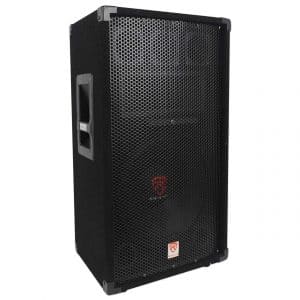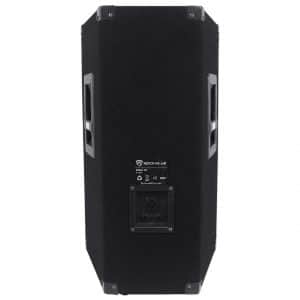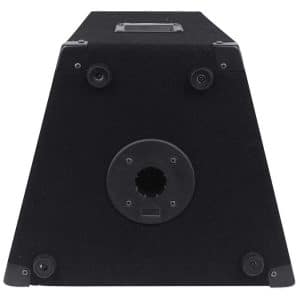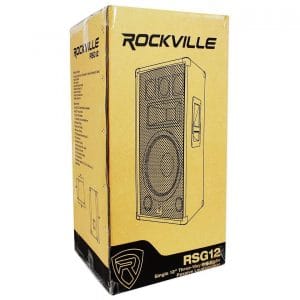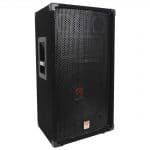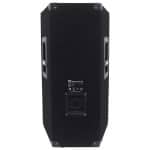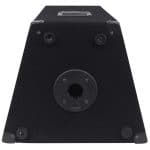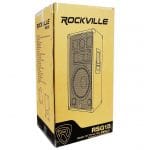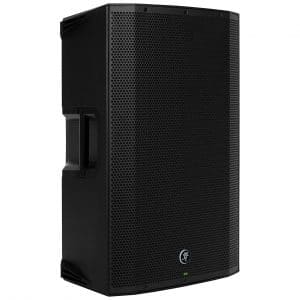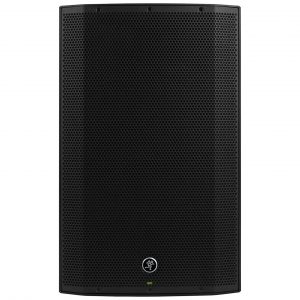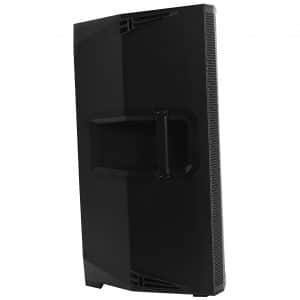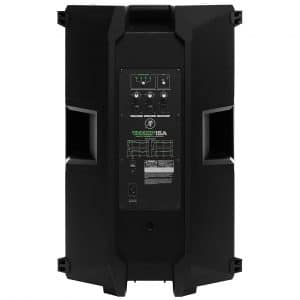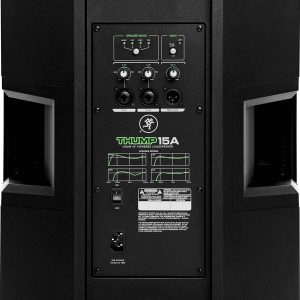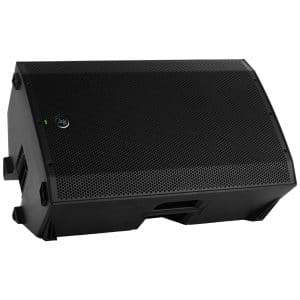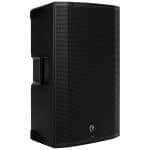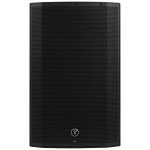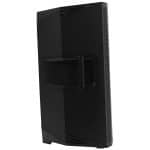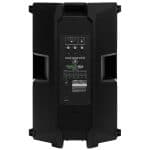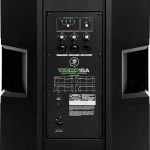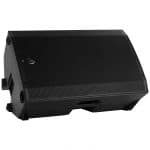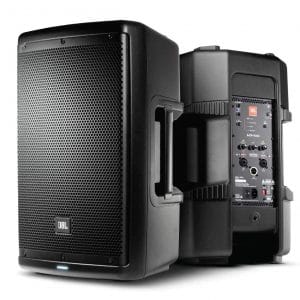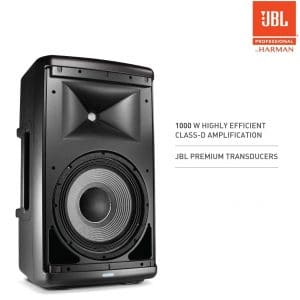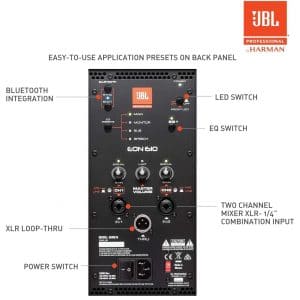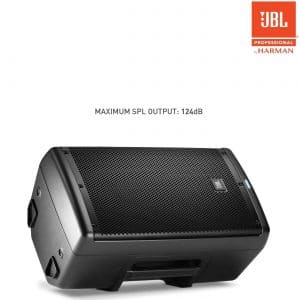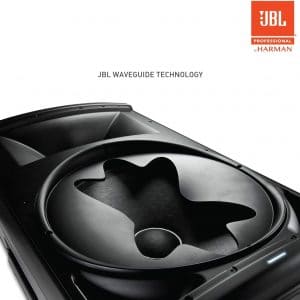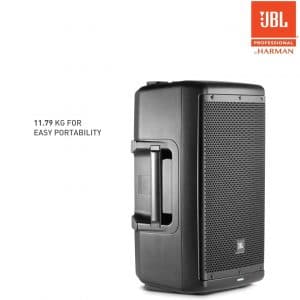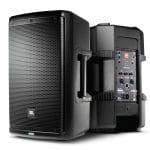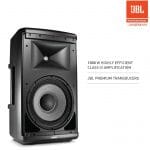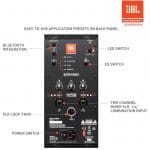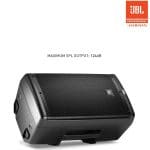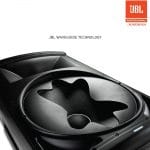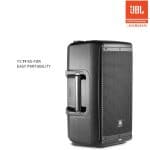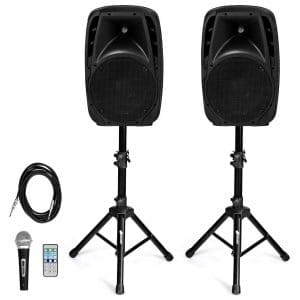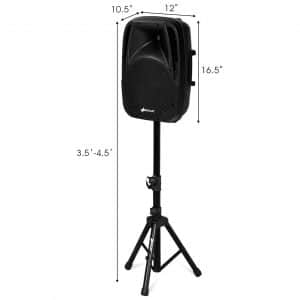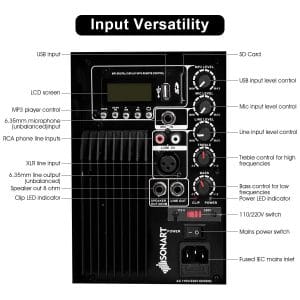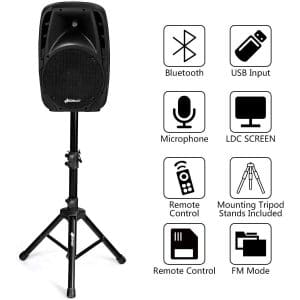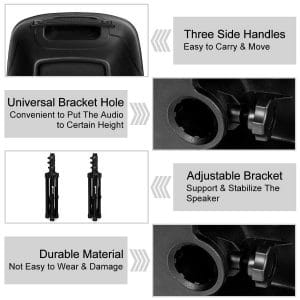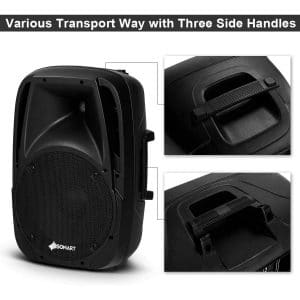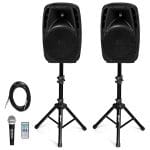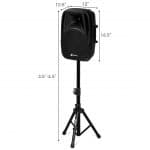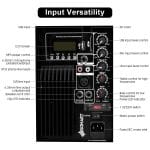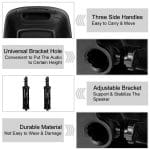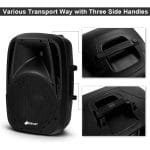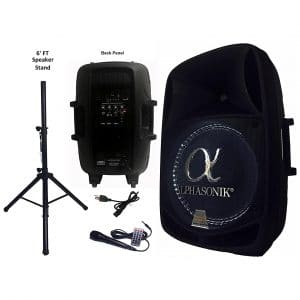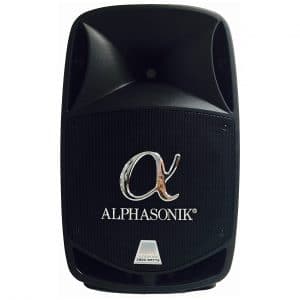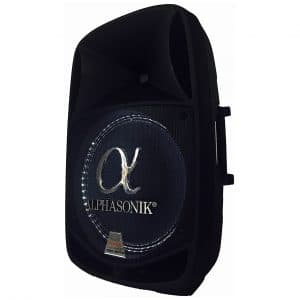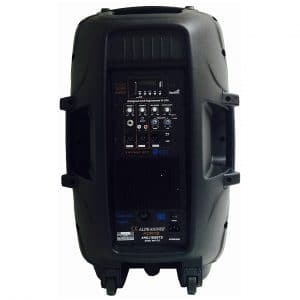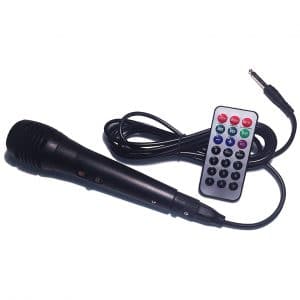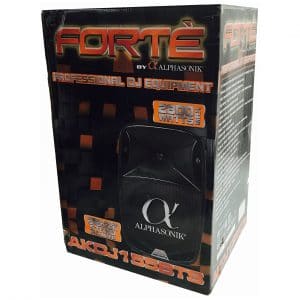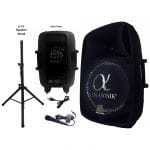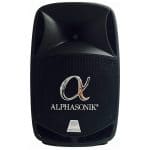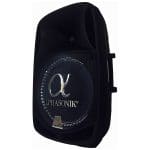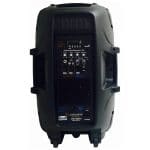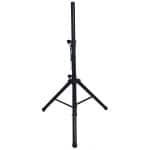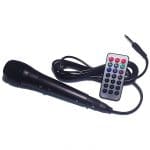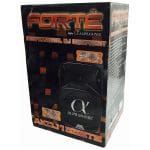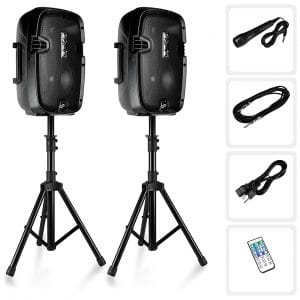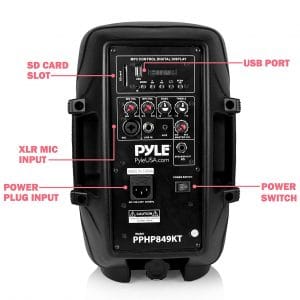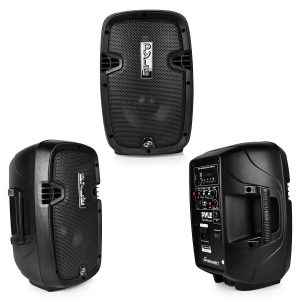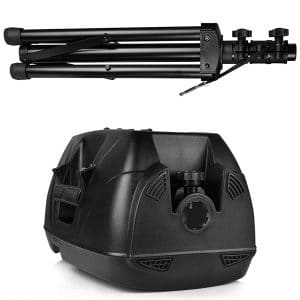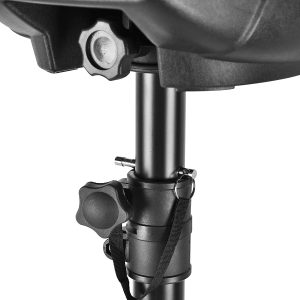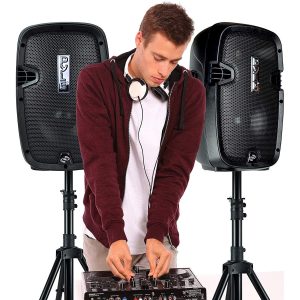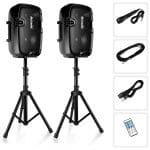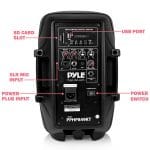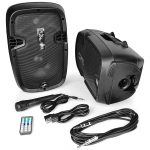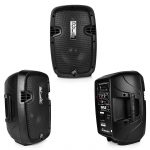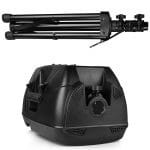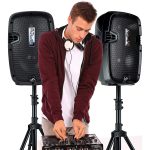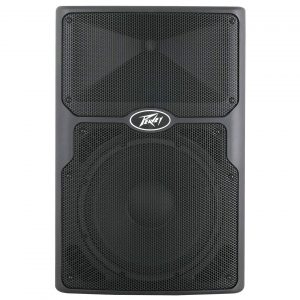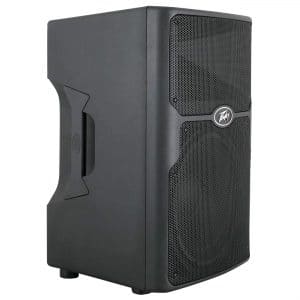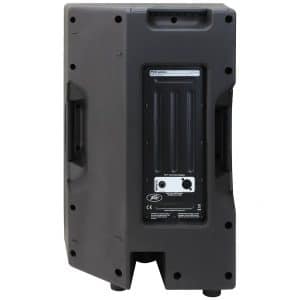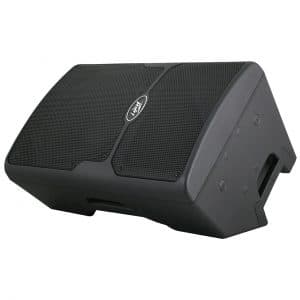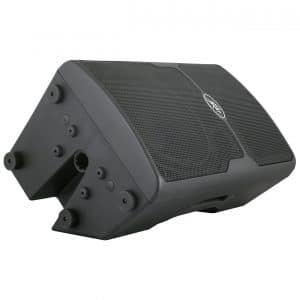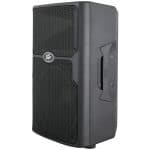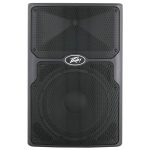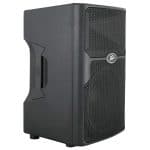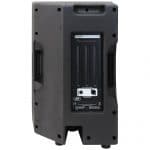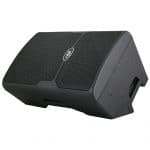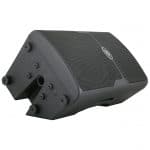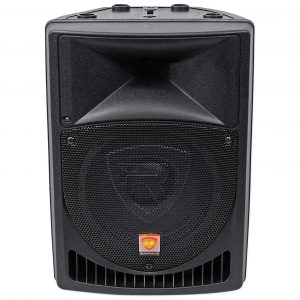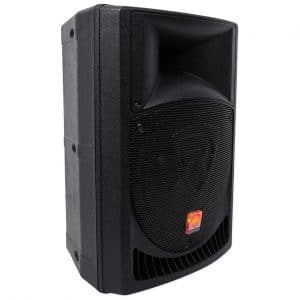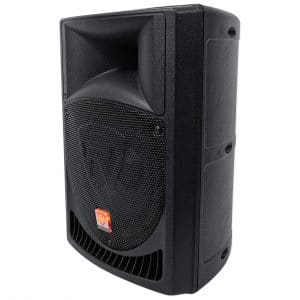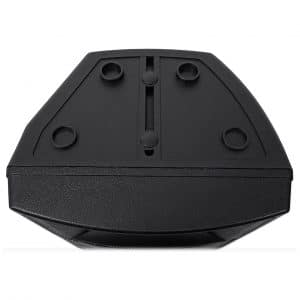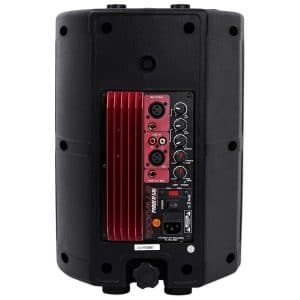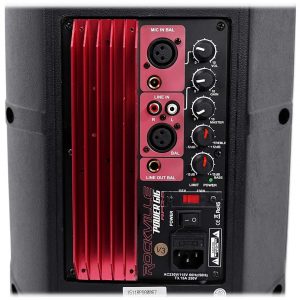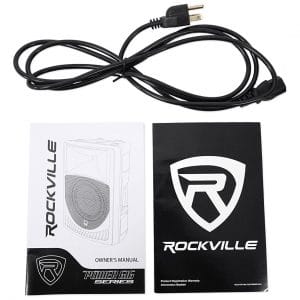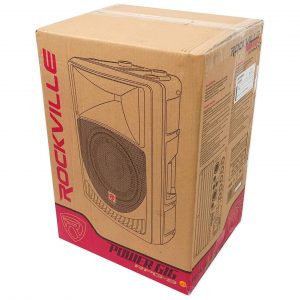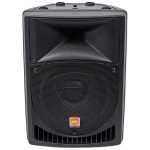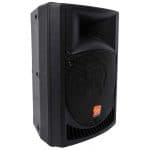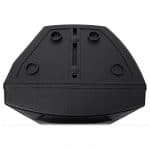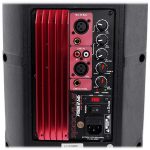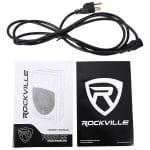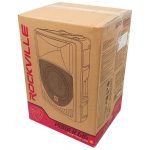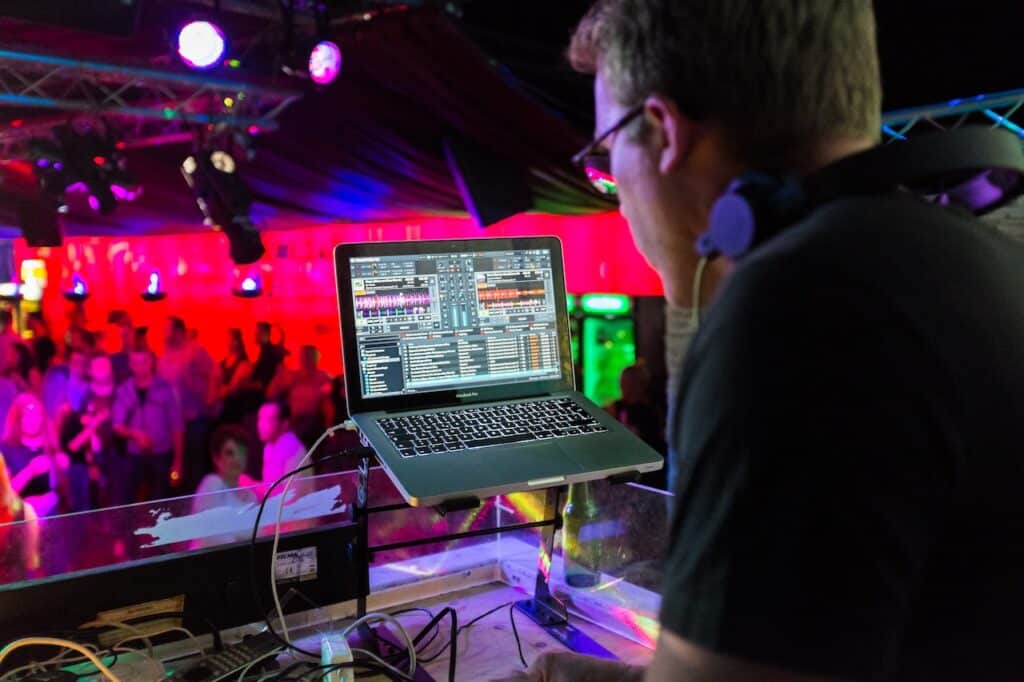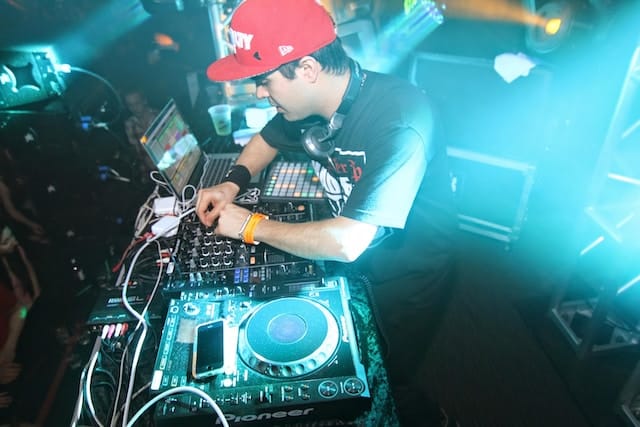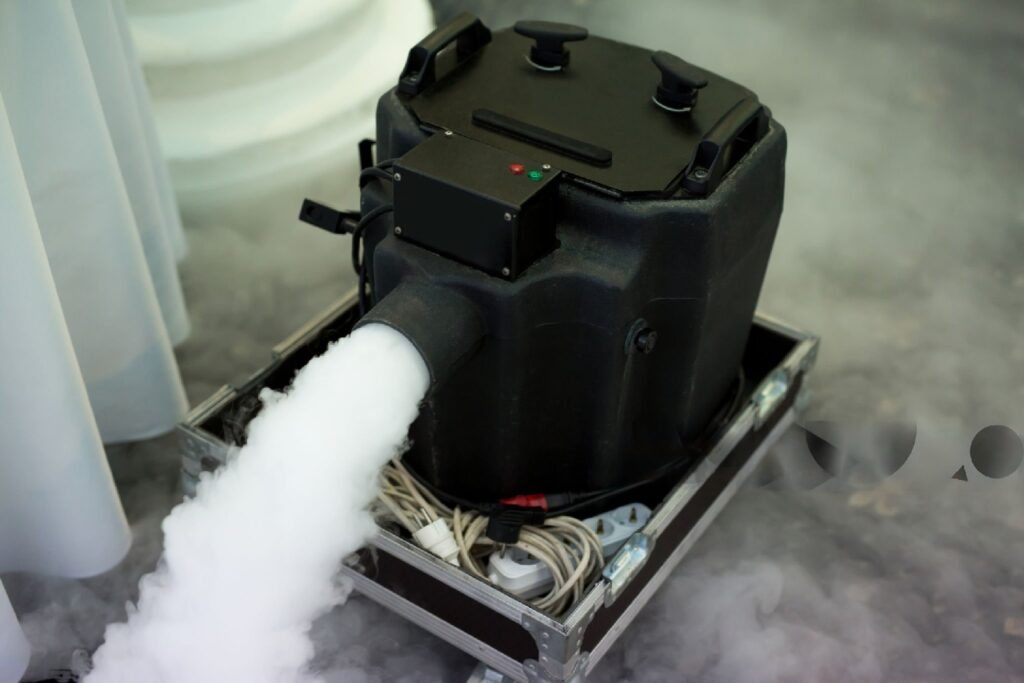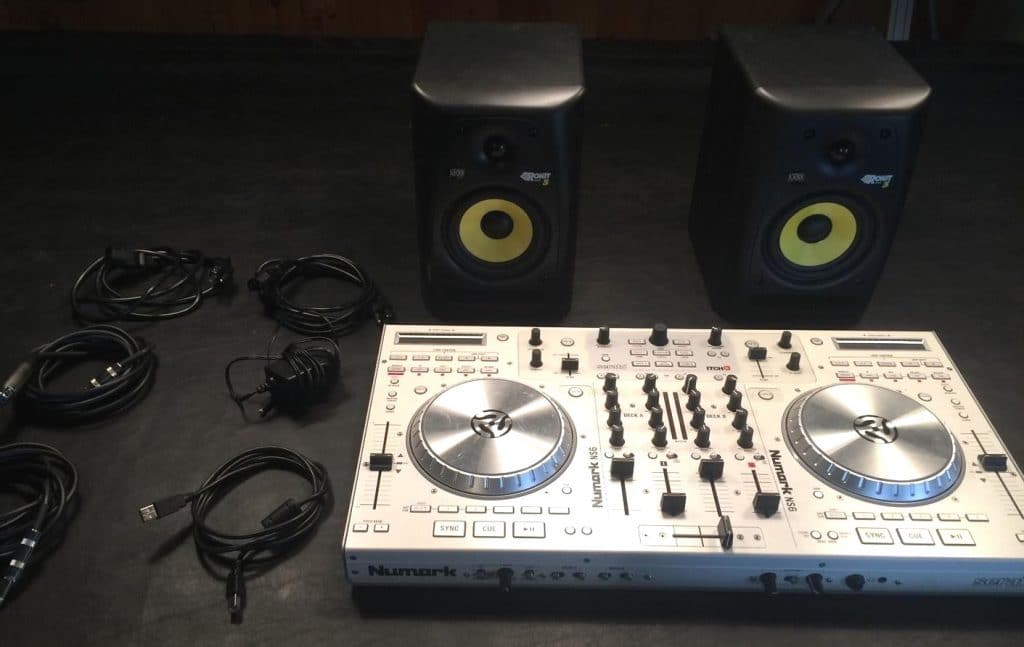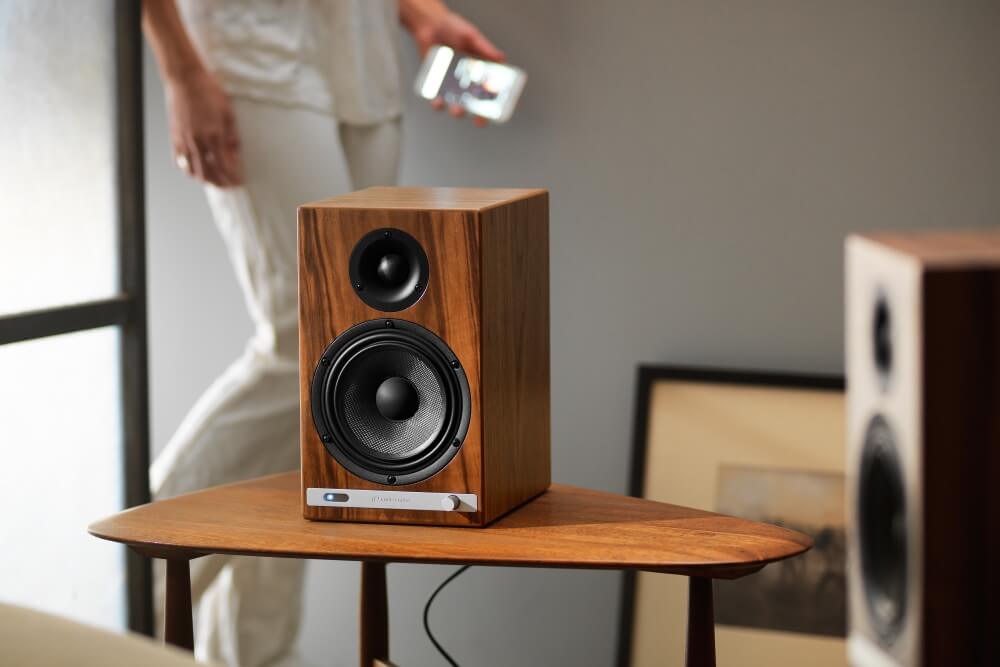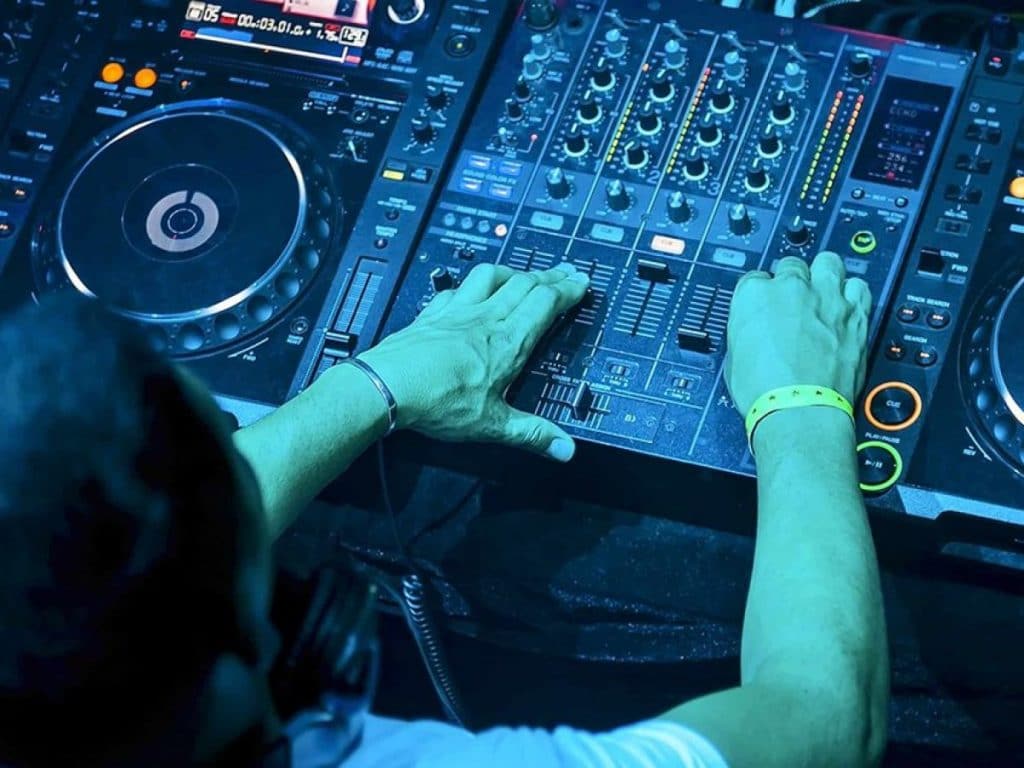Advantages of DJ speakers
DJ speakers come packed with numerous benefits. Check them below.
- The design of a DJ speaker is specific for different settings; hence you’ll always use what suits your needs best
- These speakers are professional and deliver according to your expectations
- DJ speakers are easy to set-up and operate
- There is little to worry about maintenance
- These speakers produce high amplitude and desirable sound
- Most if not all of them are lightweight and easy to move around
- Some are wireless and very convenient
Features to consider before you buy DJ speakers
It’s crucial to know what to look for in a DJ speaker before you buy one. Whether you’re a new DJ or you’ve been in the business for decades – the rules cut across. The features that we think are imperative include type, power rating, dimensions, and weight. However, while it’s critical to consider these elements, remember what you want to use these speakers for also matter.
Type
While all DJ speakers can sound pretty awesome, it’s good to understand that there are different types. Each type has a unique design and can only deliver high-quality results under specific conditions.
Speakers exist in two major categories – active and passive speakers.
Active speakers are powered and have built-in amps. They also have control knobs such as EQ, volume and master volume controls, digital signal processing, and frequency control. Some of the active speakers have special features such as feedback suppression and bass or speech boost. With active speakers, you can plug in your other equipment like a DJ mixer and get going. JBL EON610 and Mackie Thump 15A are good examples of active speakers on our list.
Passive speakers, on the other hand, are unpowered and must be connected to an external power amplifier. However, they seem to have a better construction with better performance. Again, you can easily control passive speakers from a central place. If you’re starting as a DJ, it makes little difference. But if you run bog shows, then passive speakers are more preferable. Also, it takes a lot to fine-tune individual speakers if you had several. It’s easier to set-up passive speakers because you don’t need power outlets. Note that you must use amps with matching power ratings with your speakers. We have two passive speakers on our list – Rockville RSG-12 and Peavey PVX 12.

Power rating
The next thing you want to look into is the power rating. All speakers are rated differently, and their power determined by their wattage peak and RMS. The peak is their maximum capacity, while the RMS will give you a better idea of their average maximum output. Wattage peak and RMS are completely different things, and you can’t compare them. It’s important to understand the difference. You’d want to connect your speakers to an amp at some point. Will you plug them into an amplifier? No! You can’t do that. If a speaker has a max input power of 300 W, then you don’t want to hook it up to an amp with 800 W output power. The same applies to RMS.
If you must compare peak values with RMS, then the rule of thumb is ensuring RMS is at least twice the peak value.
The other crucial thing is the relationship between power specifications and impedance. Always adhere to the likes. For instance, if your speaker accepts 100 W of RMS into 8 ohms, then get an amp that provides the same. Understanding the RMS and peak is critical in choosing the right amp for your speakers. Also, the high the peak, the louder the speakers. However, that’s not always true when quality is compromised. We can say that Alphasonik PRO DJ Loud Speaker is powerful than Pyle Powered PA Speaker System.
Dimensions
Being in a hurry can make you forget this feature. Sometimes people tend to assume dimensions altogether. Do dimensions matter anyway? Absolutely. Before you buy your speaker, you must consider your gigs and venues. Once you have that in mind, then you’ll know the right speaker size to choose from. However, gigs and venues are not enough – you should also be aware of how you’ll be storing your equipment. If you’re starting and your main focus is on small gigs, then small speakers are worth it. Rockville RPG8 or Costzon Portable 2-Way speakers are a good deal for small gigs.
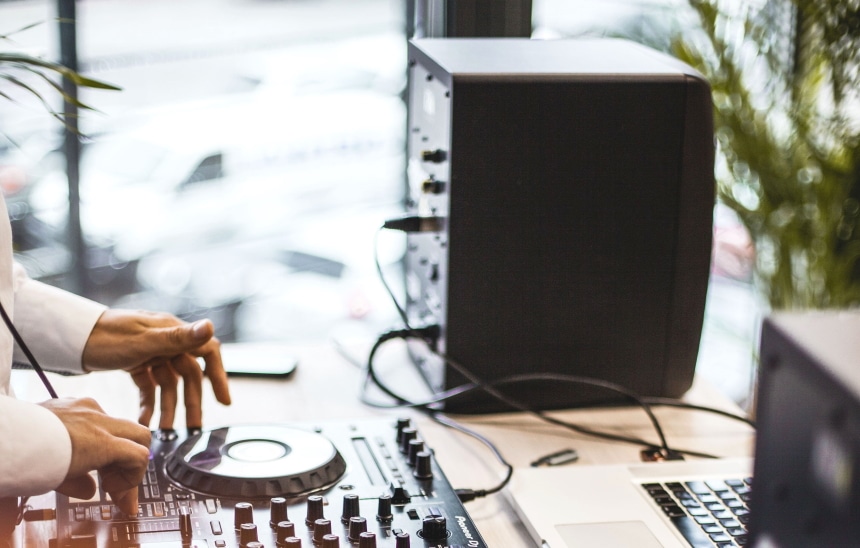
If you do not have any problems with storage and size, then something like Pyle Powered PA Speaker System should be fine with you. Other reasons include the size of your door and how you’ll be transporting them. Now you know why dimensions matter – from the size of your stage to types of your gigs, plus storage and transportation. Also, understand that getting the correct speaker height plays a significant role in the quality of sound to your audience.
Weight
Most DJs are always on the go. Meaning they carry their equipment around. Selecting a set of portable DJ speakers will save you from transport frustrations. If you’re a beginning DJ, you do not have your transportation means and will rely heavily on rental services. The bulkier your equipment, the more you’ll dig deeper into your pockets. It might be necessary to have a keen eye on the material of the speakers you want. While these enclosures are ideal for a DJ speaker, they affect the weight of the unit. Common material includes wood, plastic, and aluminum.
You’ll want to choose plastic over the rest because of flexibility. However, it’s rare to find speakers enclosed in aluminum or pure wood. So, while you think through critical features to consider before buying a DJ speaker, never forget that weight plays a significant role. All our choices weigh below 45lbs with Pyle Powered PA Speaker System weighing only 5.98lbs.





